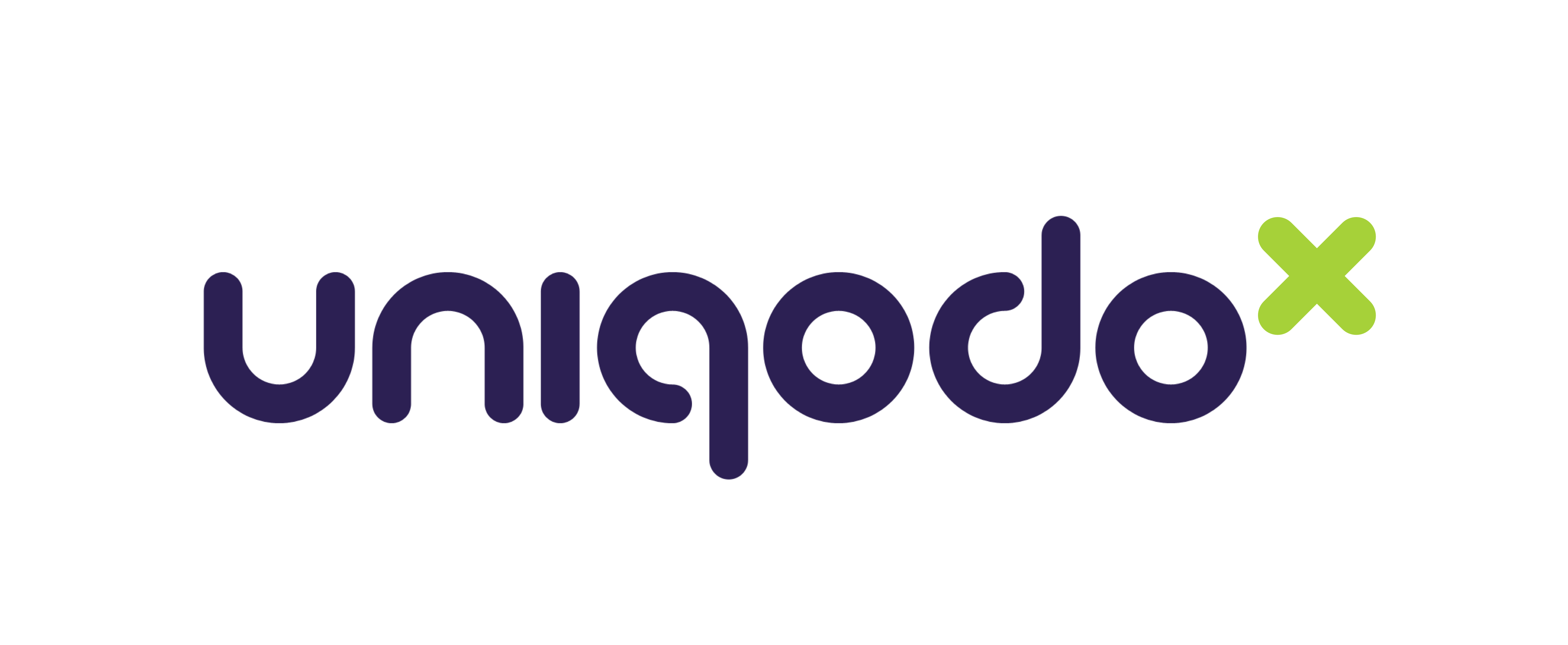Running paid media campaigns can be a goldmine for eCommerce brands - driving clicks, traffic, and revenue. But if you’ve ever tried to add a discount code into a PPC or display ad campaign, you’ve probably run into a common problem: code leakage.
Generic codes like “PPC10” are easy for anyone to copy or share. That means promotions get used outside their intended campaign, reporting gets skewed, and marketers can’t measure the real impact of their ads. For many, this makes using discounts in paid media feel risky, or even impossible.
Why Generic Codes Can Hurt More Than They Help
At first glance, a generic code seems simple and effective. But in practice, it introduces hidden costs:
-
Leakage across channels: Users can share the code widely, meaning people outside the campaign redeem it.
-
Skewed reporting: Marketers can’t accurately track which ad drove conversions.
-
Limited targeting: Single-use or personalised codes weren’t previously feasible in paid media, so marketers couldn’t deliver precise promotions.
The result? Campaigns that look successful on paper but are harder to optimise and less profitable than they could be.
A Real-World Example: Electronics Retailer
One well-known electronics retailer experienced this exact challenge. They wanted to run offers through paid media campaigns, including display ads and PPC, but generic codes were leaking, and tracking the true performance of each campaign was impossible. Single-use codes weren’t technically viable in these channels, meaning they had never fully explored paid media as a promotion channel.
A Smarter Approach to Paid Media Promotions
The solution came from serving personalised, single-use codes directly to visitors from each paid media campaign. Here’s how it worked:
-
Identify traffic sources: Each visitor from a PPC or display ad campaign was tracked to understand which campaign brought them in.
-
Deliver unique codes: When they landed on the page, a personalised single-use code was displayed.
-
Control promotion reach: The retailer could now manage exactly who received the offer, preventing code leakage and enabling accurate tracking.
This approach gave marketers full control over the promotion and allowed them to measure campaign performance with confidence.
Results That Speak for Themselves
By adopting this smarter approach, the retailer achieved:
-
The ability to run bespoke promotions and discounts in paid media campaigns
-
Campaign-specific unique codes that prevented leakage and improved performance tracking
-
Increased conversion rates through targeted, relevant promotions
Beyond the numbers, this is a clear lesson for any eCommerce marketer: using discounts intelligently and in the right context can transform paid media campaigns from a risky experiment into a highly measurable, high-performing channel.
Key Takeaways for Marketers
-
Avoid generic codes in paid media campaigns; they risk leakage and inaccurate reporting.
-
Consider personalised, single-use codes to protect promotional value.
-
Use behaviour- or campaign-driven triggers to deliver offers at the right time.
-
Track and optimise campaigns with precision - the data you capture is only as good as the code delivery system behind it.
Paid media campaigns don’t have to be a guessing game. By making promotions targeted, controlled, and measurable, you can deliver offers that truly convert, without wasting spend or misreading results.



Subscribe to the Blog